We all know that it is very difficult to survive in India’s car market. For FY 2024-25 total of 4.1 million units of passenger cars are sold. Despite, having this huge number of sale, the market is only dominated by the few giants. There were some great brands in India who shut down their operations despite producing great vehicles. Take General Motors, which pulled out in 2017 after struggling with just 0.5% market share, or more recently, brands like Ford scaling back operations in 2021 due to low volumes under 20,000 units annually. And there’s a big reason for that: extremism in car-buying behavior amongst Indian buyers.
Since some good brands are in such dire straits—with Honda holding just 1.5% market share in FY 2025 despite its reliable engineering heritage, Skoda and Volkswagen scraping by at around 1% each amid fierce competition from dominant players like Maruti Suzuki’s 40.8% dominance—I thought of telling Indians about good cars that they don’t buy.
So I made a list of 8 cars which deserve more sales, drawing from mid-2025 sales data where top models like Maruti’s Swift or Hyundai’s Creta rack up 15,000-20,000 units monthly, while these hidden gems linger below 5,000 units despite strong specs. But people don’t really buy them, often due to factors like limited dealership networks (e.g., Citroen has under 100 outlets vs. Maruti’s 3,000+), perceived reliability risks from newer entrants, or simply the pull of brand loyalty in a market where 93% of sales are controlled by the top six players.
But I didn’t want to make a post based on fanboyism. What I mean is, yes, the cars in this list are very good—offering standout features like superior safety ratings, efficient engines, or premium interiors that punch above their price—but it’s not like they are flawless, as no vehicle in India’s diverse road conditions (from urban traffic to rural highways) can claim perfection.
Yes, Indian customers are extreme about their preferences, prioritizing fuel efficiency (averaging 20-25 kmpl for best-sellers) and low ownership costs in a price-sensitive market where average car loans stretch over 5-7 years, but they are not stupid; they weigh resale value and service accessibility heavily.
8: Mahindra XUV 3XO
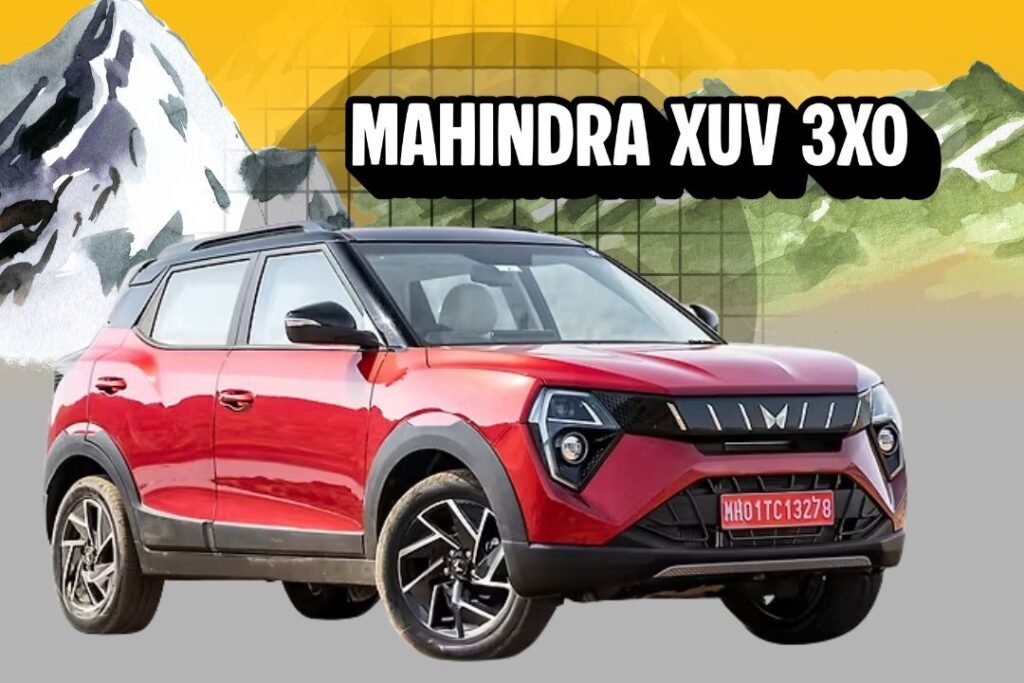
There should be no Mahindra car on this list at all. Because despite making big cars, their cars are selling very high in numbers. But I still think their 3XO can sell more units. Currently, they sell around 7000 units. Whereas Nexon sells 13,000 units. And Brezza sells 15k to 16k units.
I personally think 3XO is slightly better than Nexon. It has two petrol engine options. Yet a diesel engine is also available. But Nexon only has two engine options. Moreover, its GDi engine produces a power of 130 BHP. It is the highest in the segment.
Moreover, this car has great dynamics. And the interior is beautiful. I feel like this car should sell at least 8k to 10k units per month. So this car is only slightly underrated.
7: Tata Tigor
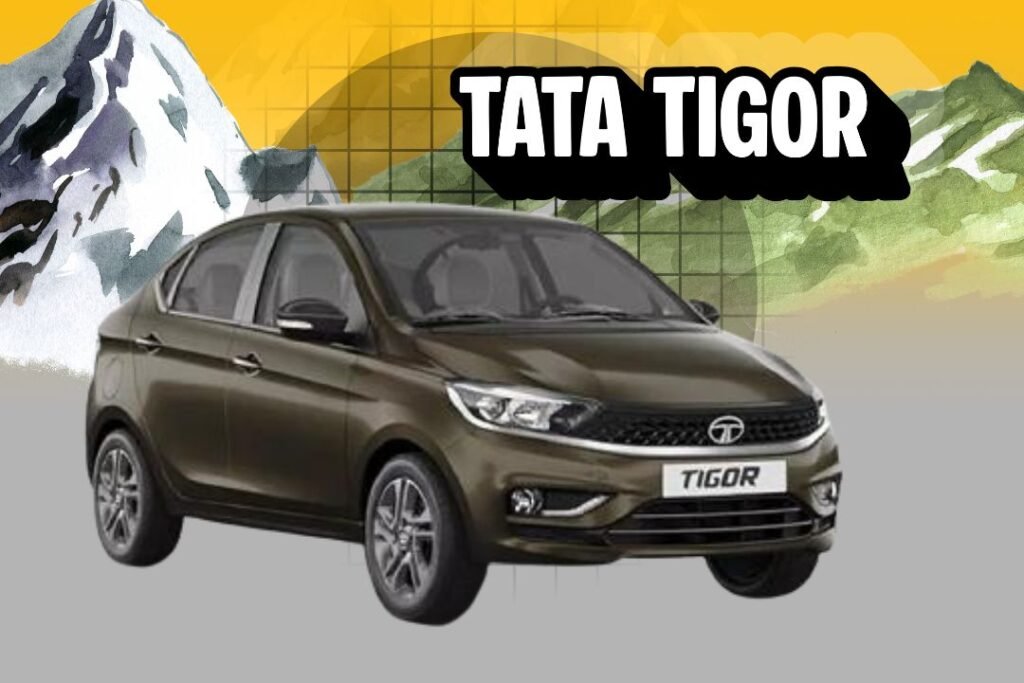
This car only sells 1000 units per month. And I think it deserves much higher numbers. In Tigor’s budget you can also get cars like Dzire and Aura. Where Dzire sells around 20,000 units per month. Aura sells 4k to 5k units per month but Tata’s Tigor barely sells 1000 units this is very surprising to me as people are preferring low safety cars over this solid build car.
Tigor is not a bad car, It has a lot to offer. It has dual cylinders, which allow it to have a longer boot. It increases the storage space. It’s 1.2L 3-cylinder engine produces 84 BHP, which is not too exciting but it isn’t underpowered either.
It is much safer car than the Maruti and Hyundai cars. So I think this car must sell at least 3,000 to 4,000 units. But if Tata were to install its 1.5L diesel engine in it, with the same tuning as Altroz, then the sales of this car can increase drastically.
6: MG Gloster
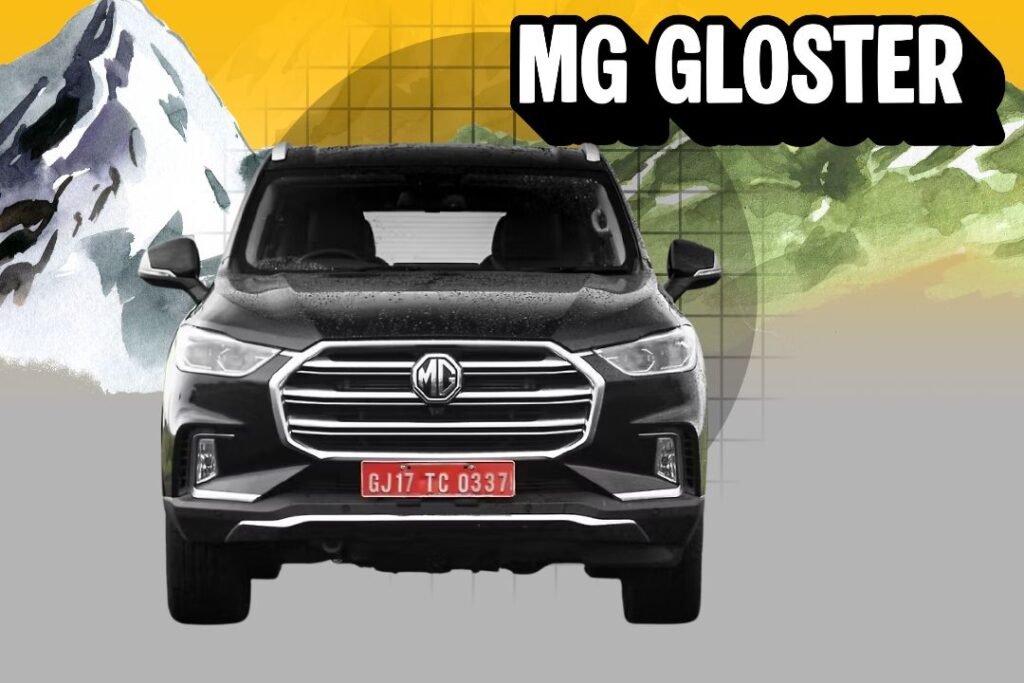
At #6, we have MG’s elephant, That is Gloster. Look at it from the outside And the inside it looks better than Fortuner in every way. Gloster’s 2L diesel engine is smaller than Fortuner’s 2.8L diesel engine. Yet it produces 12 BHP extra.
That’s because it’s a twin-turbo diesel engine. This car is better than Fortuner in every way. But its price is in the range of Fortuner and Legender. In fact Legender would be more expensive if you go for the top variants. But despite that, it only sells 40-50 units per month. It is a very low number considering Fortuner sells 3000 units per month.
I think a big reason for that is that it has lesser brand value than Fortuner. I think people prefer a global brand at that price point. And MG is a Chinese brand. People have the China factor in the back of their minds.
Another reason is that it initially faced some reliability issues. MG resolved them slowly over time. The problems have mostly been addressed. But it’s still in the back of people’s minds. I still think Gloster is a solid product and it must sell 1k to 2k units.
5: Skoda Kylaq
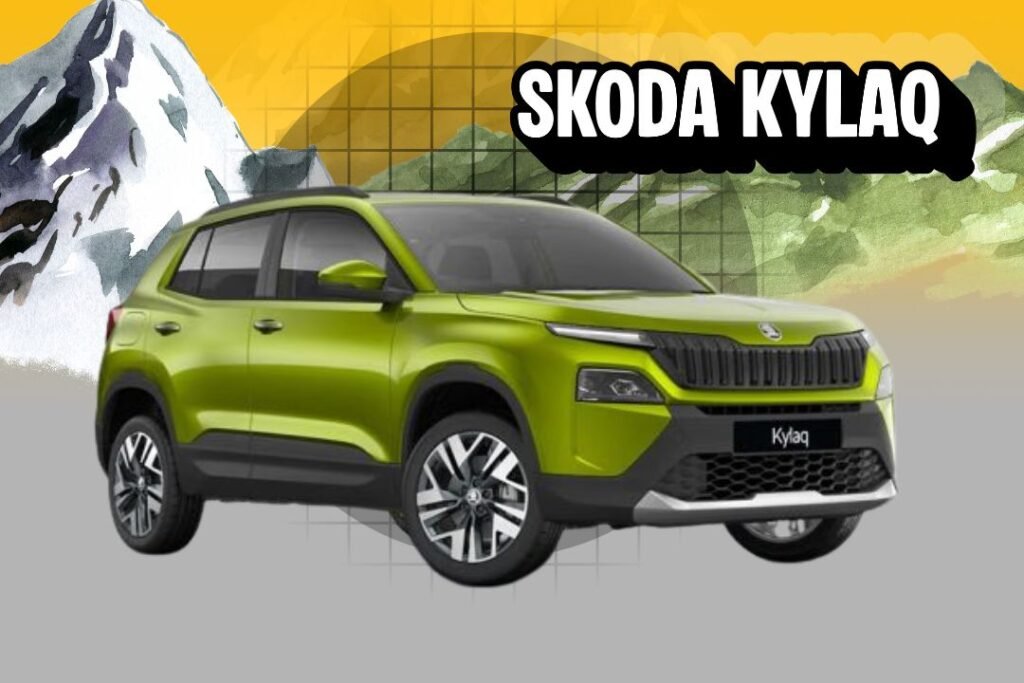
The next underrated car is Skoda Kylaq. Cars like Nexon and Brezza are selling 12 to 15k units per month but this only sells around 4000 units.
Historically, it is the most-selling Skoda in India. Skoda might not have sold as many units of any other car. But I still think it’s an underrated car. I think the sales numbers are low.
I recently had this car for a few days so I got to use it. I was stunned after I drove it. It didn’t feel like it had a 1L engine. I’ll reveal the pros and cons in the review post. But I think even with one engine this car deserves to sell 6k to 7k units.
Because you won’t find this engine at this price point. Yes 3XO’s GDi engine generates more power. But this also delivers power. That’s why I think it deserves more sales.
4: Volkswagen Virtus or Skoda Slavia
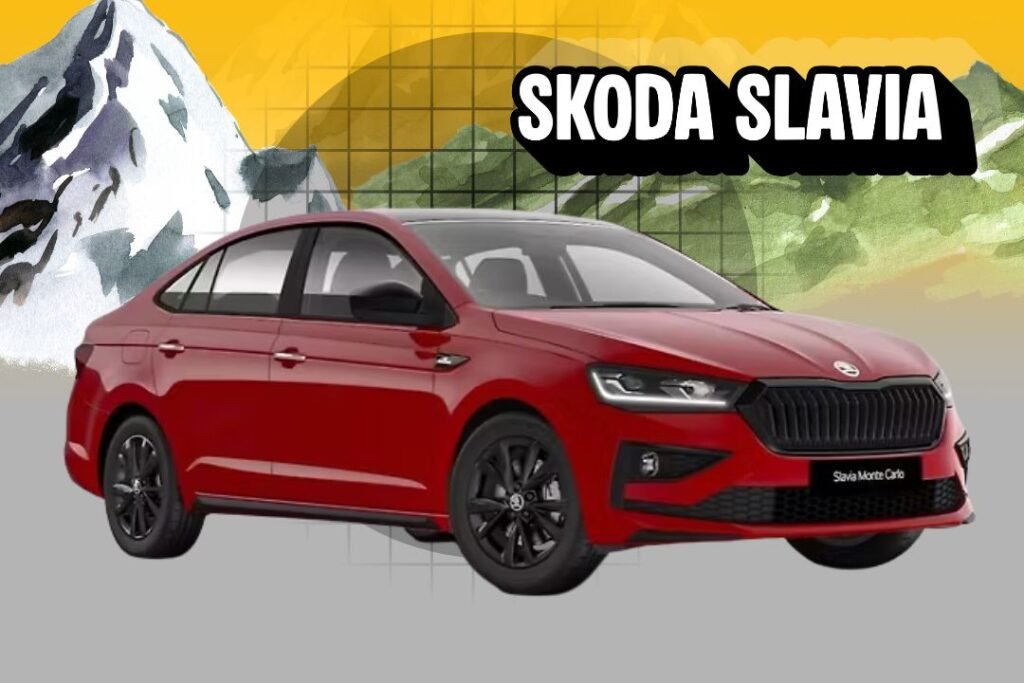
The next cars that I think are underrated are the Volkswagen Virtus or Skoda Slavia—twins on the MQB A0 IN platform with distinct styling, boasting 5-star Global NCAP safety, six standard airbags, and 179 mm ground clearance for handling monsoons and speed breakers better than rivals like the Hyundai Verna.
Personally, I can’t find major flaws; they’re unrivaled in performance with the 1.5L TSI turbo-petrol (150 PS, 250 Nm) and 7-speed DSG, hitting 0-100 kmph in 8.7 seconds while offering up to 20.8 kmpl ARAI efficiency via cylinder deactivation.
Yet, as sedans in an SUV-heavy market (70% sub-4m sales), they sell just 2,500-3,000 units combined monthly in 2025—e.g., 1,648 Virtus and 1,339 Slavia in September—down 20-25% YoY amid segment decline, though they lead compact sedans with 32% share, outselling Honda City (800-1,000 units) and Verna (1,200-1,500). Enthusiasts using daily cars for thrills should throttle the 1.5 Virtus to feel its superior dynamics, space (521L boot), and tech (10.1-inch touchscreen, wireless connectivity) that make them ideal for urban families.
These near-perfect options lag due to sedan stigma and pricing; dropping the 1.5L variants (17.99 lakh ex-showroom) by 50,000-1 lakh or adding hybrids could boost appeal in BS6 Phase 2 era.
3: Maruti Suzuki Ignis
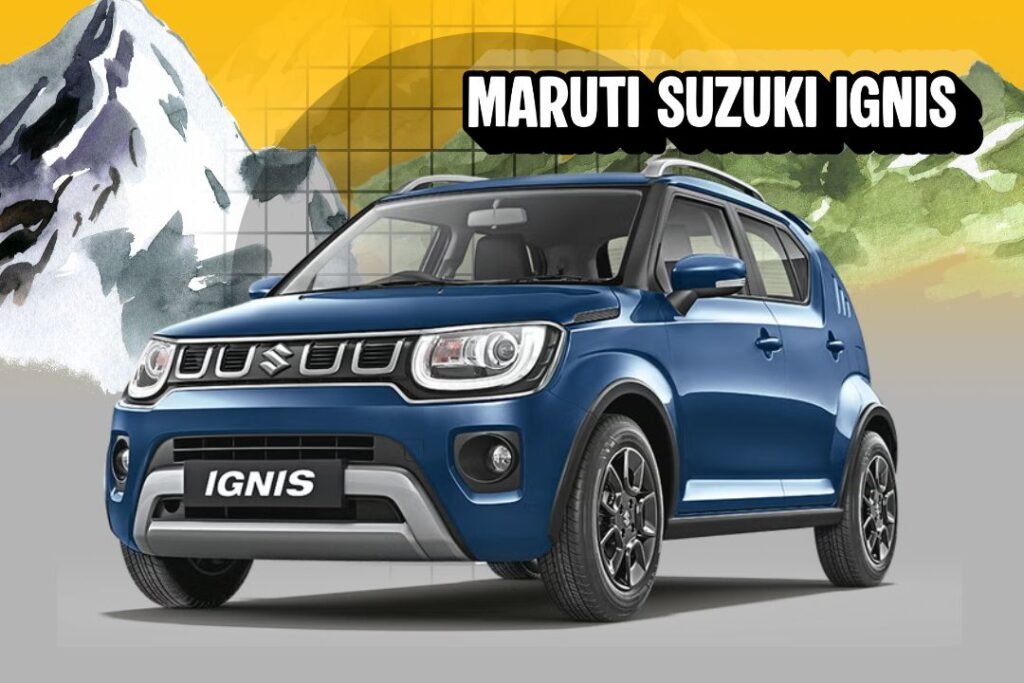
I never thought I’d put a Maruti car in a list of underrated cars. But Suzuki Ignis is definitely an underrated car. It only sells 1500 to 1800 units per month. Despite the fact that it’s a Nexa product, not Arena.
It has a 4-cylinder engine which runs smoothly for a long time. The interior of this car is also beautiful. Despite these features, the sales numbers are low. Some other Maruti cars sell even fewer numbers. Celerio and S-Presso sell even fewer units than it. But I don’t think they’re underrated. They deserve fewer sales.
But i feel Ignis should sell at least 7000 units per month.
2: Hyundai Grand i10 Nios
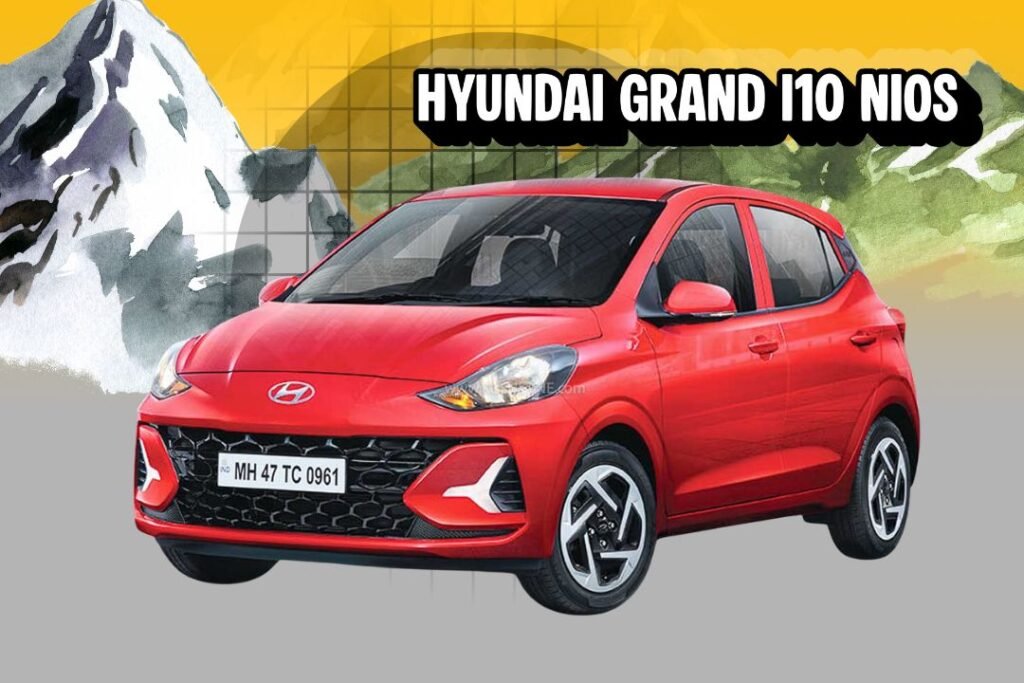
At #2, we have the Hyundai Grand i10 Nios, a premium hatchback overshadowed primarily by Maruti’s Swift in the sub-4m segment, where hatchbacks still hold 25-30% of India’s 4.1 million annual passenger vehicle sales in 2025, despite SUV dominance.
The only reason for its lower popularity is the Swift’s unbeatable ecosystem of 3,000+ dealerships and resale value that retains 70-75% after three years, but what I don’t understand is what does the i10 Nios truly lack when it starts at ₹5.98 lakh ex-showroom (vs. Swift’s 6.49 lakh), offering a more refined 1.2L Kappa 4-cylinder petrol engine (83 PS, 114 Nm) that’s smoother and less vibratory than the Swift’s new 3-cylinder Z12E (82 PS, 112 Nm), making it feel peppier in city traffic without being underpowered.
Its build quality shines with thicker sheet metal and a more solid chassis, earning a 3-star Global NCAP rating (better than many peers), while interiors deliver a premium feel at this price point through soft-touch elements, a 8-inch touchscreen with wireless Android Auto/Apple CarPlay, and ventilated seats in higher variants—features that elevate it for urban commuters seeking comfort over the Swift’s sportier but plainer cabin.
Mileage is slightly lesser at 21-27 kmpl ARAI (petrol) compared to Swift’s 24.8-25.75 kmpl, but it isn’t too low for real-world use, especially with CNG options starting at 7.68 lakh that hit 27 km/kg, and Hyundai’s stellar reliability track record—backed by a 3-year/unlimited km warranty and widespread service network—ensures low ownership costs averaging 0.30/km.
Yet this car only sells around 4,000-4,500 units monthly in 2025, per SIAM data, while Swift consistently moves 15,000-18,000 units, a striking difference driven by Maruti’s 42% market grip and aggressive financing, despite i10 Nios’s superior feature-to-price ratio and user ratings averaging 4.6/5 for comfort and value.
I don’t understand this gap, as the i10 Nios is a great product for middle-class families valuing style and tech in a 3,815 mm package with 260L boot space.
1: Honda Elevate
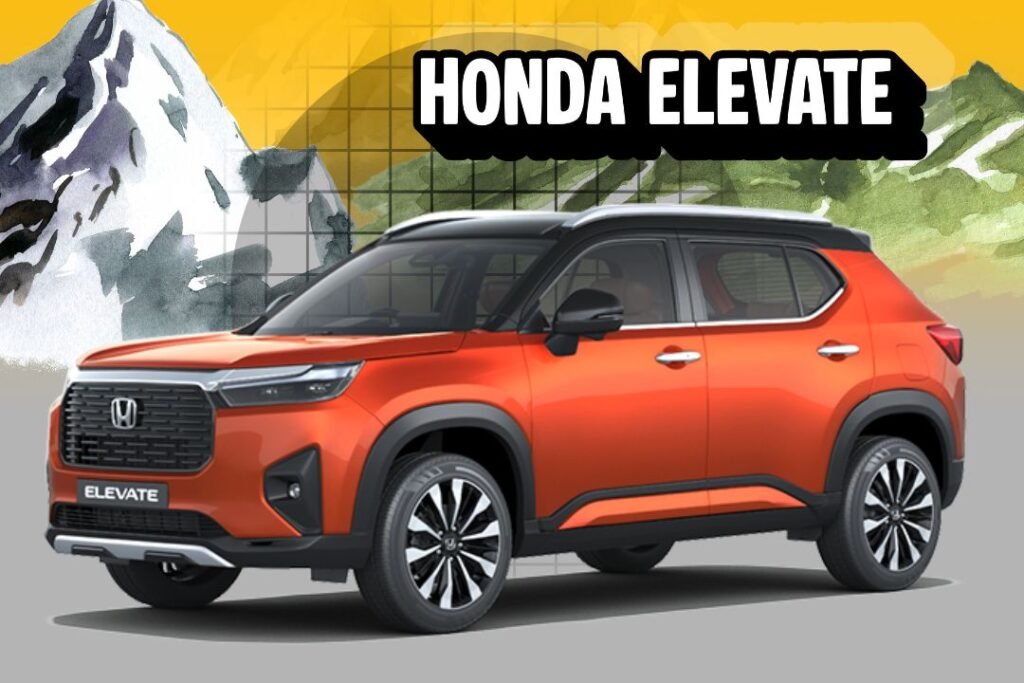
At #1, the Honda Elevate emerges as the ultimate underrated SUV in Honda’s lineup, a compact contender in the booming mid-size segment (projected 1.2 million units annually by 2030) that’s overshadowed by flashier rivals like the Hyundai Creta, yet delivers refined Japanese engineering starting at 11 lakh ex-showroom (vs. Creta’s 11.11 lakh), with a spacious 458L boot and 4,310 mm length ideal for Indian families tackling highways and city congestion.
What puzzles me is its untapped potential: it boasts a smooth 1.5L naturally aspirated i-VTEC petrol engine (121 PS, 145 Nm) paired with 6-speed MT or CVT, offering linear power without turbo lag—smoother than the Creta’s 1.5L options—and a 5-star ASEAN NCAP equivalent safety rating (though pending full Global NCAP), including 6 airbags standard, LaneWatch camera, and ADAS features like adaptive cruise control in top ZX variants that 50% of buyers opt for.
Interiors feel premium with soft-touch materials, a 10.25-inch touchscreen (wireless Android Auto/Apple CarPlay), single-pane sunroof, and ventilated seats, providing a quiet, comfortable ride tuned for potholes, far surpassing expectations at this price in a market where ownership costs average 0.35/km thanks to Honda’s reliable 3-year/unlimited km warranty and expansive service network.
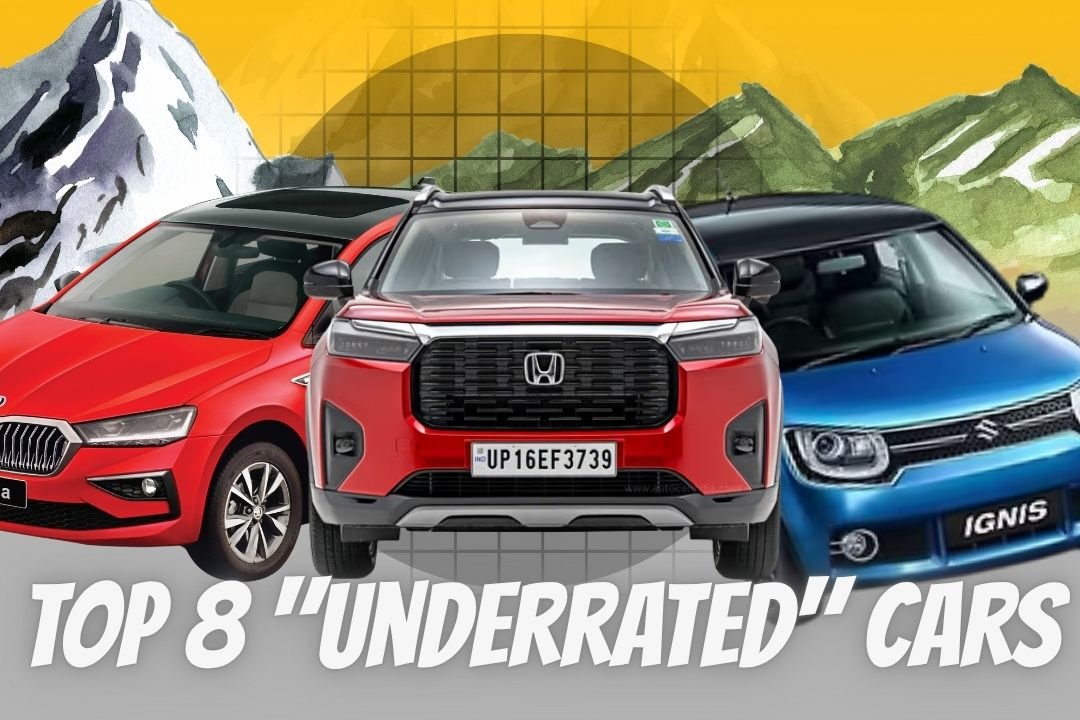





Be First to Comment